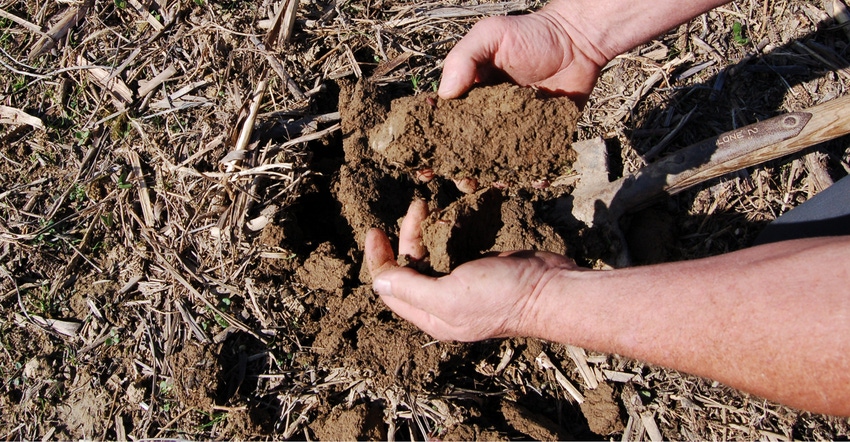January 29, 2018

I previously explained why I believe global warming is real, and documented increasing carbon dioxide levels in the atmosphere. I also suggested that cover crops might be a partial solution to curbing the increase of greenhouse gases.
This is about the plan for cover crops used by Marshall Alford, who has farmed in southeastern Indiana for more than 50 years. He is a pioneer in cover crops, and has been growing them for more than 25 years. With current commodity prices, many farmers don’t want to spend extra money to grow cover crops. Also, some large growers don’t have the time to grow cover crops.
The “Marshall Alford plan” for cover crops is an economical and efficient method that saves money, time and labor. Not only can you reduce carbon dioxide, but you also add oxygen to the environment, add organic matter to your soils, increase activity microorganisms and reduce nitrates in waterways.
Getting started
Alford uses a corn-soybean crop rotation. For cover crops, he buys ordinary wheat or cereal rye — whichever is easily available directly from local farmers. The amount he buys depends on his soybean acres plus prevented acres, if any, to be planted with cover crops. He uses 1 bushel per acre, and it costs $3 to $4 per bushel for wheat.
Alford likes to switch to cereal rye whenever it’s locally available because it has deeper roots that can penetrate compacted soils. For cereal rye, he pays $7 to $11.50 per bushel, depending on the market price. He plants his cover crops generally after soybeans — 500 to 600 acres of cover crops every year. Before planting, Alford gets seed tested for germination and purity.
When ready to plant his cover crop after harvesting soybeans, Alford delivers the wheat or cereal rye to his fertilizer dealer, who blends every bushel with100 pounds of potash and 100 pounds of gypsum dry (Sul4R Plus) per acre. Gypsum helps open up the ground like a sponge.
The fertilizer company uses a truck for spreading without moving soil. The cover crop seed and fertilizer mixture are spread on top. Nitrogen fixed by the previous soybean crop will be held by the cover crop, once it emerges, for the next corn crop. Alford pays $5 per acre for blending and spreading.
Spring steps
For cover crop burndown in an early-spring planting situation, Alford uses 1 quart of Gramoxone and 3 quarts of Lexar per acre after corn is planted. However, in wet springs or for late-planted corn, he uses 1 quart of glyphosate plus 0.5 pint of 2,4-D to kill little tree saplings that show up.
He plants corn into the growing cover crop. His net cost for seed, blending and spreading plus burndown is about $15 per acre, depending upon the cover crop species and burndown products. The only labor Alford expends is getting the cover crop seed to his farm and delivering it to the fertilizer dealer.
The “Marshall Alford plan” is a simple method that requires the least amount of a grower’s time and expense and usually produces good results. Cover crops can help you become a better steward, not only of your land, but also of the climate.
Nanda is president of Agronomic Crops Consultants LLC. Email [email protected], or call 317-910-9876.
About the Author(s)
You May Also Like






